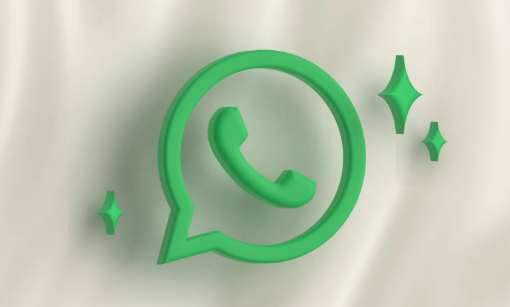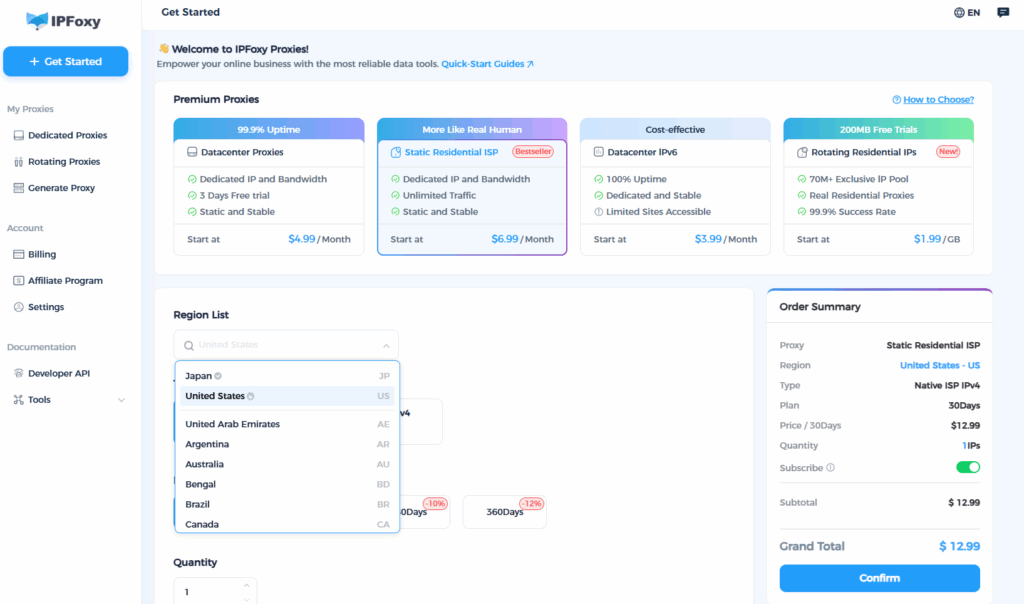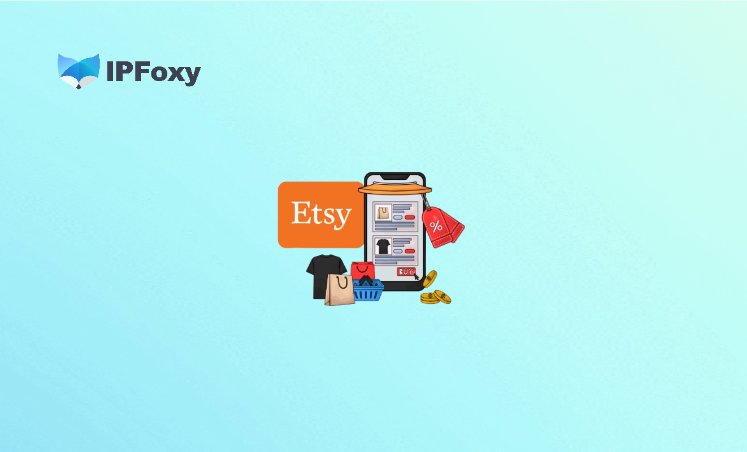WhatsApp has become one of the essential channels for global businesses to develop clients. Especially in markets like Latin America, Southeast Asia, the Middle East, and Africa, WhatsApp penetration rates exceed 80%. Many sellers and independent store operators use the process of “number collection + bulk messaging + account warming + follow-up” to develop clients.
However, over the past year, many people have clearly felt that WhatsApp development is getting harder: numbers get banned quickly, message delivery rates drop, client response rates are low, and accounts are marked as spam promotion as soon as they send messages. Why is this happening, and how to break through? Below, we will break down the reasons and outline a complete execution process, walking you through a full set of targeted WhatsApp development strategies suitable for the 2025 market environment.
Contents
- I. Analysis of Why WhatsApp Client Development Is Getting Harder
- II. Full Process for Targeted WhatsApp Client Development
- Summary
I. Analysis of Why WhatsApp Client Development Is Getting Harder
1. WhatsApp’s risk control mechanisms are constantly upgraded, with more accurate detection of bulk operations
In the early days, large-scale messaging was possible just by changing IP addresses. Now, WhatsApp’s risk control logic is increasingly aligned with the behavioral patterns of real users, which is “one device, one number + fixed network environment”. The platform not only detects IP addresses but also identifies device fingerprints, login frequency, contact list activities, and messaging rhythm. Once deemed abnormal operation, the account will be restricted or directly banned.
2. More market competitors, making customers more resistant to “marketing messages”
A large number of sellers use template messages like “Hello, we are…”. Customers can tell they are marketing messages at a glance and either ignore or block them. Generic bulk messaging no longer works; only refined and personalized outreach has a chance of getting a response.
3. Repeated development of number resources, leading to reduced accuracy
Many so-called “foreign trade mobile number databases” circulating on the market have been repeatedly used for outreach. Not only is the data quality uneven, but it also easily hits historical block records/shared blacklists. This lowers the account authority, causing messages to either go directly to the spam folder or fail to send, affecting subsequent reach effectiveness.
4. Chaotic development processes, lacking systematic follow-up
Many people do WhatsApp development in the following way:
Import numbers → Send bulk messages → Wait for replies → Give up if no response
Without tag classification, layered content reach, or follow-up reminders, client resources are wasted, and the opportunity to build trust is missed.

II. Full Process for Targeted WhatsApp Client Development
1. IP and environment configuration
WhatsApp’s current risk control judgment no longer simply detects whether the IP is abnormal. Instead, it comprehensively analyzes “IP source + device fingerprint + usage trajectory” to determine if an account belongs to a real user.
If you are still sharing one IP across multiple accounts and frequently switching device environments, the system will quickly mark you as engaging in “bulk marketing behavior”. Once the account authority is labeled as high-risk, no matter how many messages you send later, either the delivery rate will be extremely low, or the messages won’t be sent at all. Even if the account isn’t banned, it will struggle in the low-authority pool.
Therefore, it is recommended to set up an independent fingerprint + clean IP for each account.
Recommended tool – IPFoxy:
- Provides global residential IP resources. The IPs are purer and more stable, supporting stable operation of “one number, one IP” to avoid the risk of account bans caused by public IPs.
- Each IP is paired with an independent environment, which can be called with one click in a fingerprint browser to simulate the launch of a real device.
- The login path is stable, and the account’s behavioral trajectory is more like that of a real person who has operated the account for a long time, so it won’t easily trigger WhatsApp’s risk control monitoring.

If you want to stably warm up multiple WhatsApp accounts in bulk, first solve the problem of “making the environment look like a real person”—starting with IP and device fingerprints. Many people fail not because their marketing is poor, but because their accounts are not even eligible for marketing.
2. Data source acquisition: Targeted numbers are more important than “a large number of numbers”
- Collect real corporate contact information through Google, social media, industry websites, and yellow pages.
- Use tools like Email Finder and LinkedIn to extract numbers, instead of randomly scanning number segments.
- Mark tags for industry, region, and language, so that subsequent message content can be automatically matched.
3. Number screening and cleaning
- Use WhatsApp filtering tools to detect if a number belongs to an active user.
- After bulk detection, sort out the list of “numbers registered on WhatsApp”.
- Create groups (high-potential clients / to be verified / wide-targeting clients).
4. Multi-account grouping and warming
Do not send outreach messages directly with new accounts. First, simulate real user behaviors:
- Simulating contact addition.
- Manually chatting with a few real accounts.
- Setting up profile pictures, bios, and statuses.
- Send no more than 20 messages per day on average per account, and gradually increase this limit.
5. Messaging strategy: Shift from “disturbance” to “valuable engagement”
- Do not mention products in the first message to reduce the customer’s vigilance (e.g., “Hi John, Saw your product on XXX, quick question.”).
- Customize opening lines based on the customer’s industry pain points, instead of using templates.
- Import data into a CRM system to uniformly record conversation status and avoid repeated disturbances.
6. Follow-up and conversion
- Immediately tag clients who have replied (interest / quotation requested / to be followed up).
- Conduct a second outreach to clients who haven’t replied within 3-5 days (approach from a different angle, such as providing resources/case studies).
- Document cases of clients who have made purchases, and use them as talking points for the next batch of development to enhance trust.
Summary
The era of WhatsApp client development being “collect a bunch of numbers + send bulk messages” is over. With stricter platform risk control and more choices for clients, only by achieving “authentic account environment + targeted clients + personalized communication content + systematic follow-up” can you build sustainable client conversion capabilities. Remember this core principle: Account status > message content > client data volume. If the environment is not authentic, no matter how many messages you send, it will be in vain.


